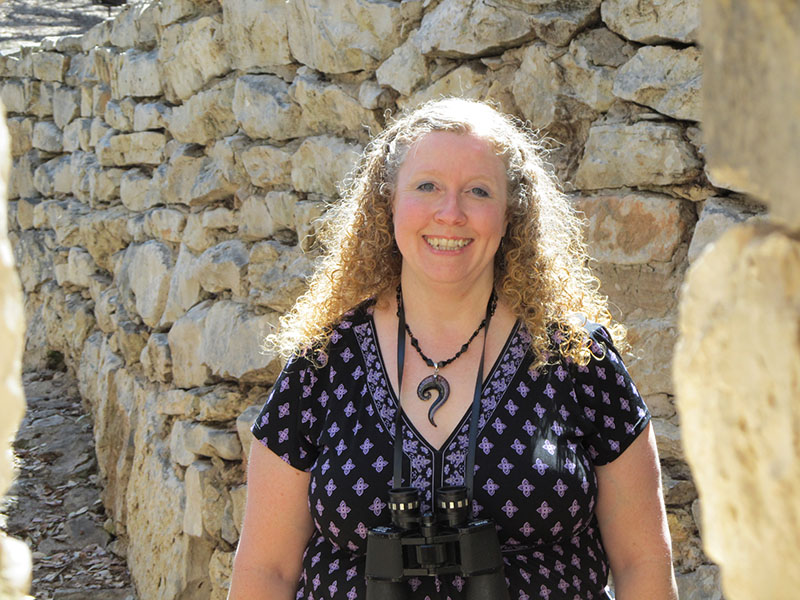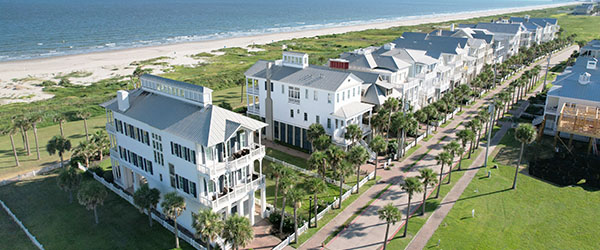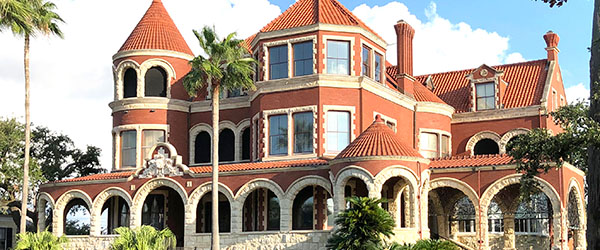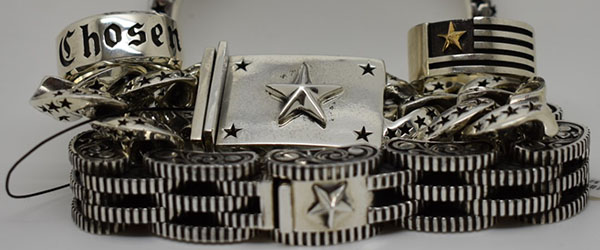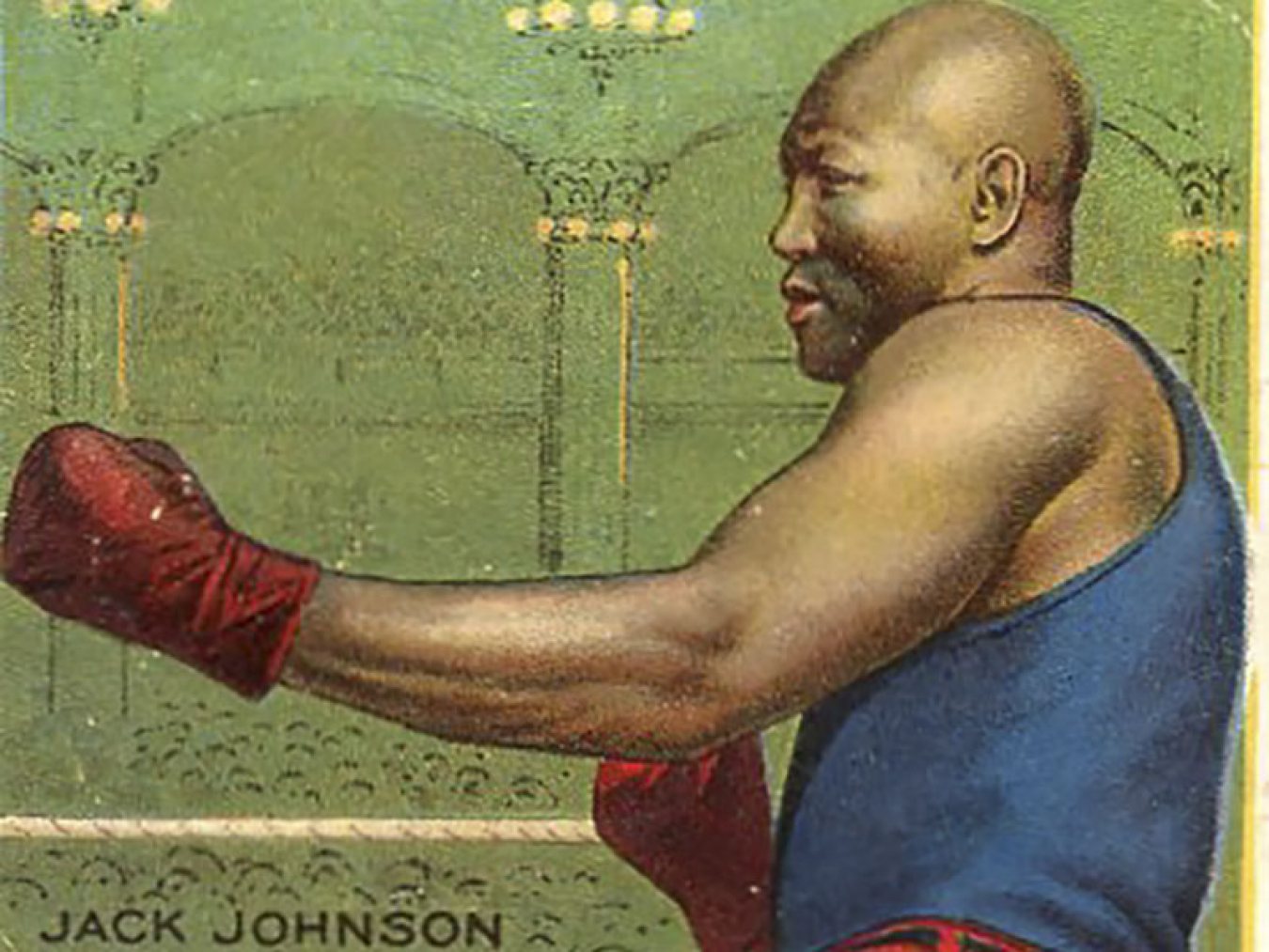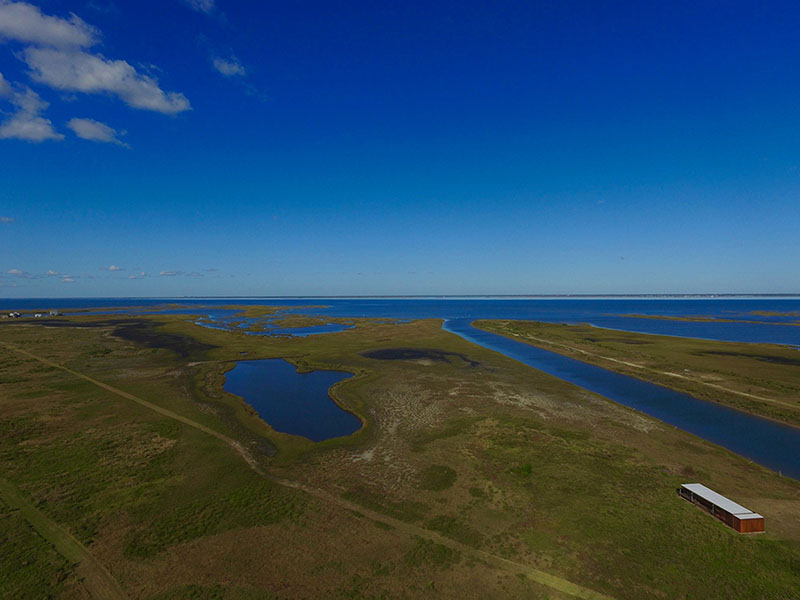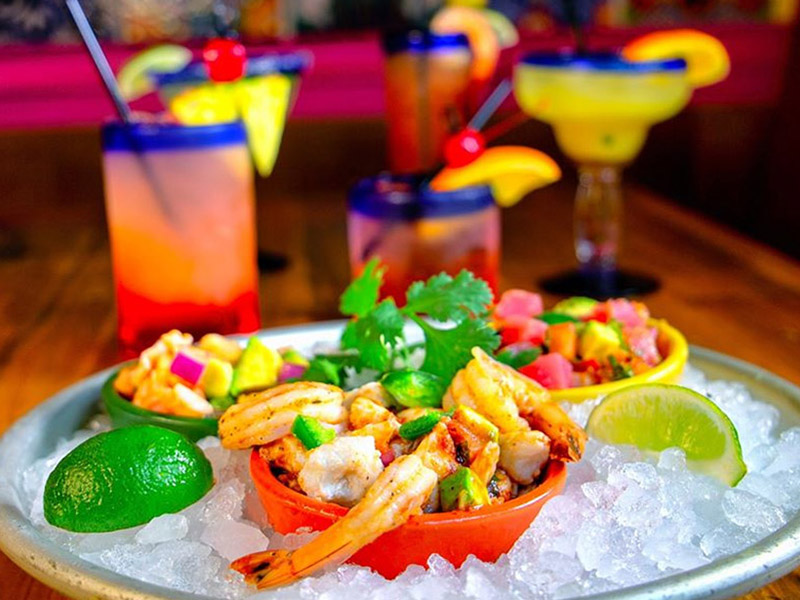Top 5 Early Birds
I realize it’s still summer, but some fall migrants are already beginning to appear! Below are my top 5 early migrating species that you can find right now on Galveston Island:
5. Marbled Godwit
These large, warm brown shorebirds have long, upcurved bills that are pink at the base and dark at the tip. They use their bills to probe deeply into the mud, often with their entire heads underwater. Look for them near the bridge on Boddeker Road on the East End.
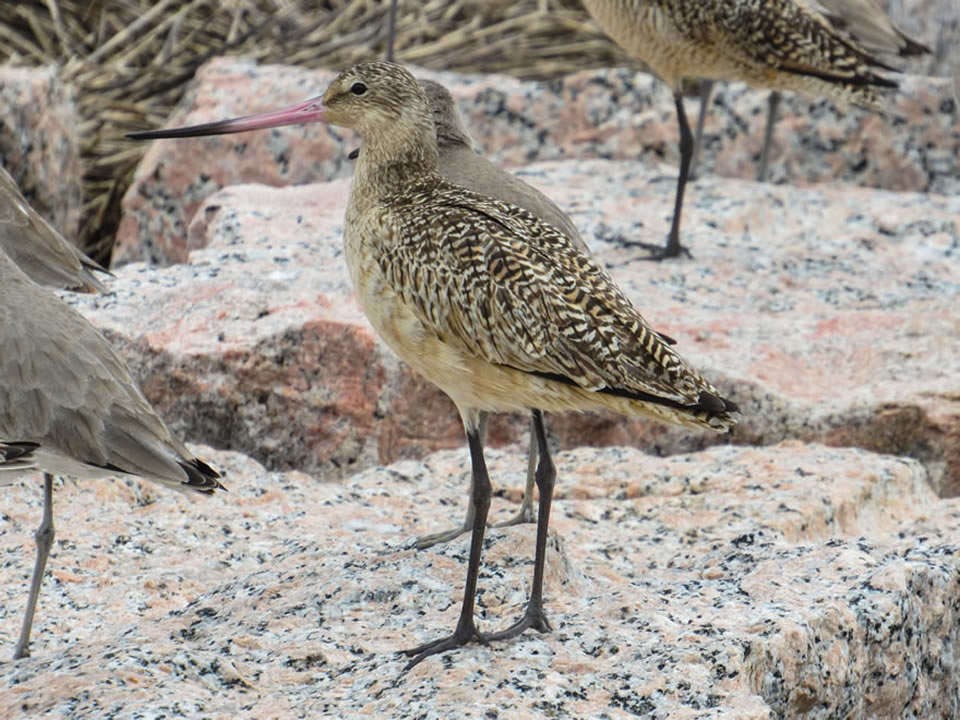
| Marbled Godwit on Bolivar Peninsula | Kristine Rivers |
4. Red-tailed Hawk
Among the first raptors beginning to migrate southward, Red-tailed Hawks will be one of the most common on the island during winter. They are frequently seen perched on top of power poles and soaring overhead on broad wings, flashing their cinnamon-red tails. Plumages are highly variable, but chances are if you see a large Buteo anywhere on the island right now, it’s this species.
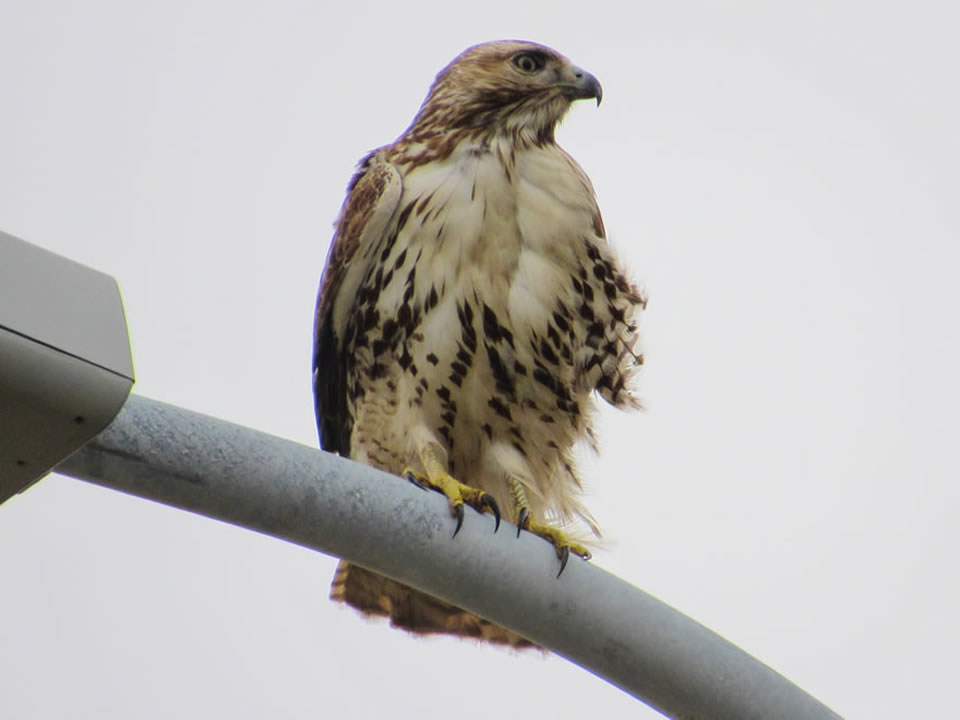
| Red-tailed Hawk on Galveston Island | Kristine Rivers |
Luxury Vacation Rentals Available
Take a Self-guided Tour
3. Belted Kingfisher
With its large, shaggy-looking head and dagger-shaped bill, this species is hard to miss! Listen for their loud rattling calls, and watch for them hovering in mid-air before plunging into the water below to catch fish. Look for them on the power lines near the East End Lagoon Nature Preserve on the East End, and along Sportsman Road on the West End.
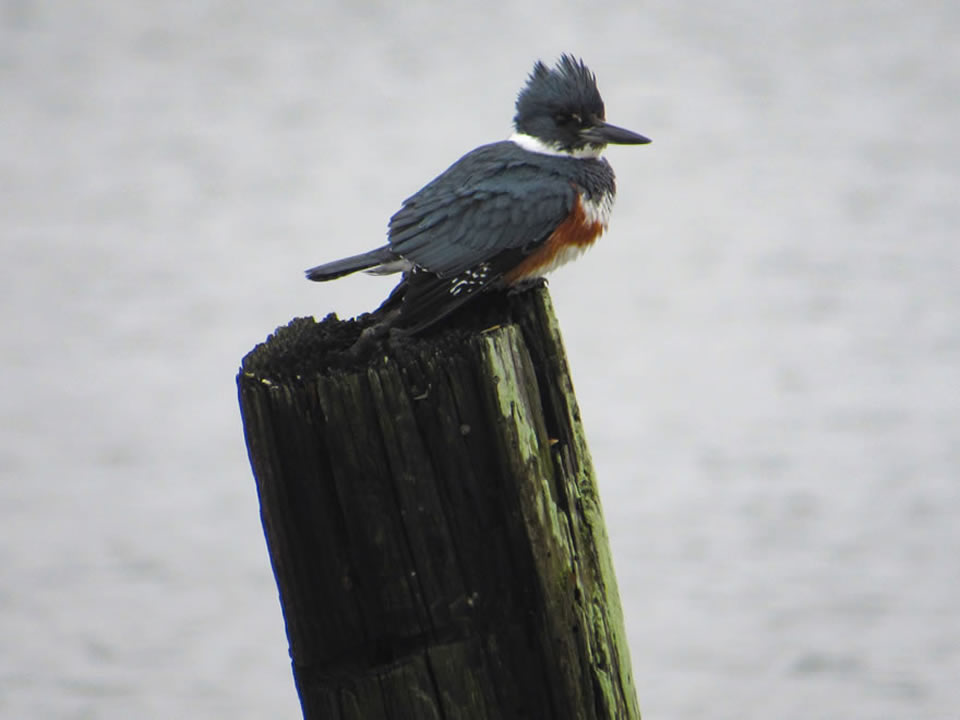
| Belted Kingfisher on Galveston Island | Kristine Rivers |
2. Long-billed Curlew
Although at first glance this species may seem similar to the Godwit, if you look closely you can see that the bill is much different – extremely long and down-curved. It prefers to forage in well-manicured, grassy areas. Look for them along 99th Street on the Moody Gardens Golf Course on the West End.
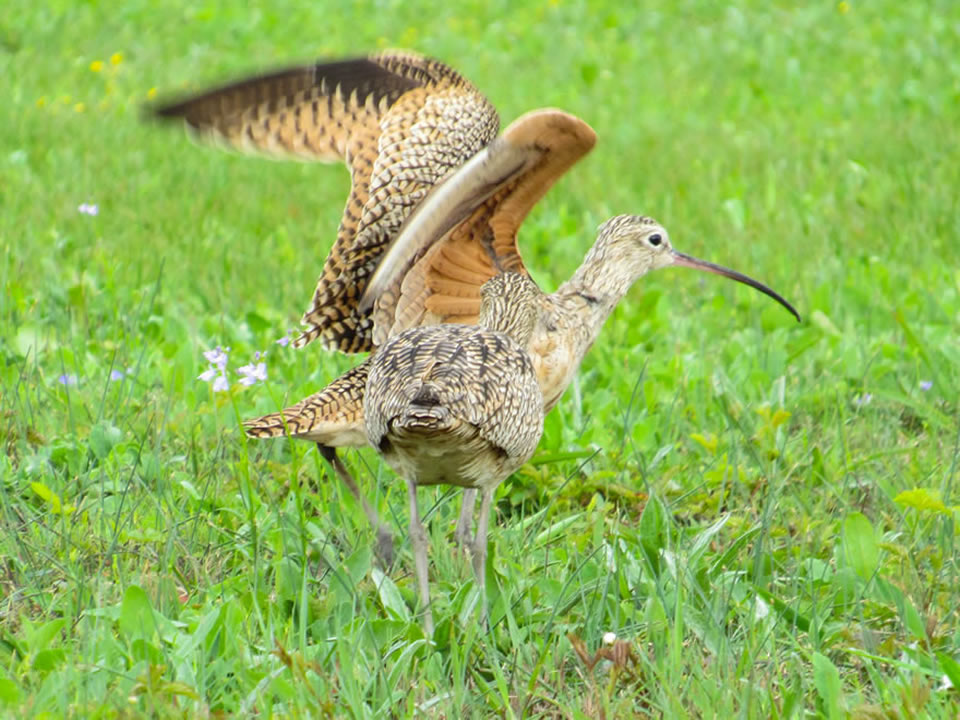
| Long-billed Curlew on Galveston Island | Kristine Rivers |
1. Semipalmated Plover
This incredibly cute little shorebird can be recognized by its dark brown back and white belly, single black band around the throat, yellow-orange legs, and tiny two-toned bill that is orange at the base and dark at the tip. Look for them foraging in large flocks in the mudflats along 8 Mile Road on the West End, on beaches in the West End pocket parks, and on East Beach.
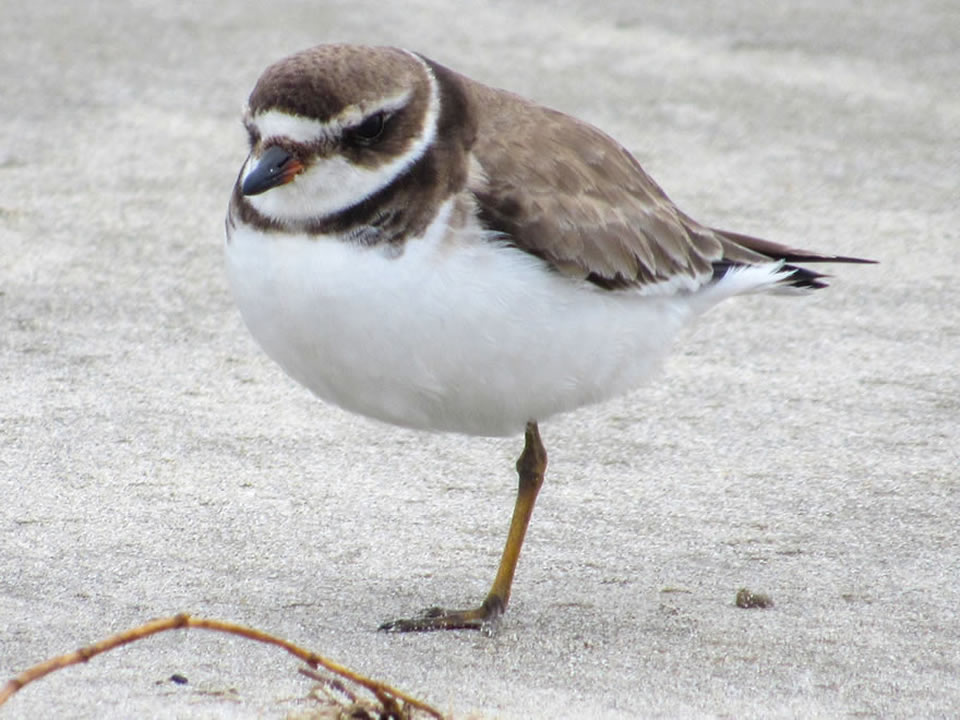
| Semipalmated Plover on Bolivar Peninsula | Kristine Rivers |
Take a Self-guided Tour
King Baby Jewelry For Men
Kristine Rivers
Kristine Rivers founded Birding for Fun in 2015, and is a popular tour guide and speaker whose enthusiasm for nature is contagious. A lifelong birder, she has been an area leader for the Brazoria Columbia Bottomlands Christmas Bird Count since 2011, and has been President of the Texas Master Naturalist Cradle of Texas chapter since January 2017.